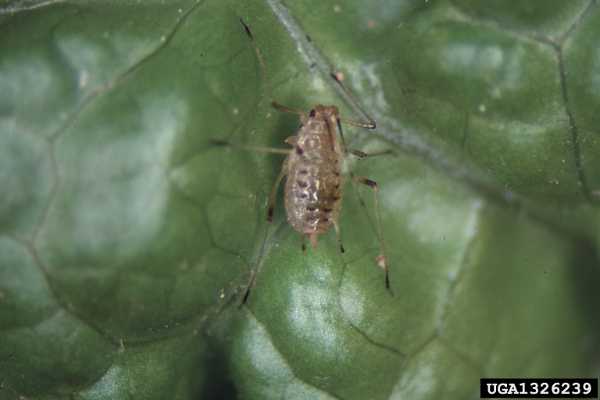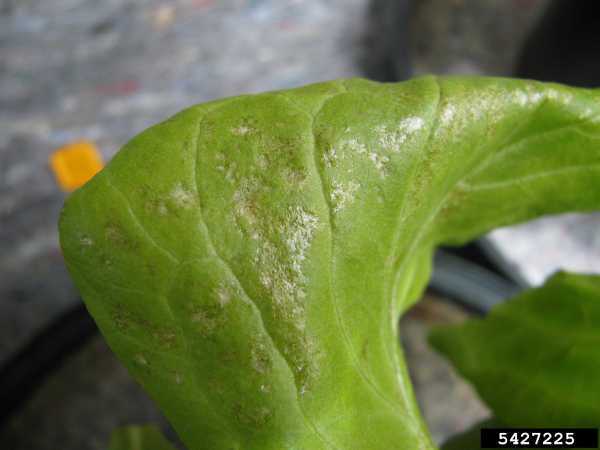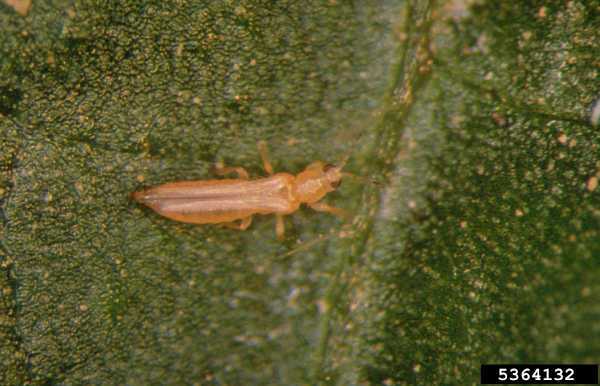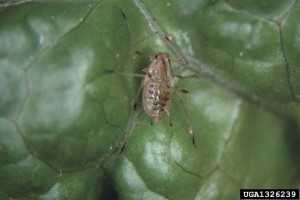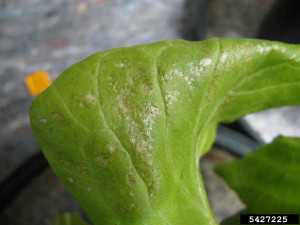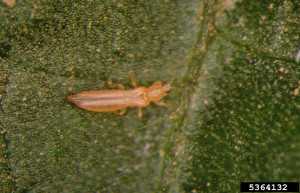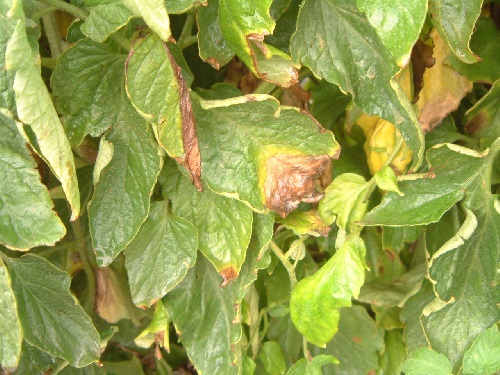California Leafy Greens Pest Update
[blackoutgallery id=”58966″]
California leafy green growers have some good news: No critical diseases are on the radar for the current growing season, and according to Surendra Dara, strawberry and vegetable crop advisor and affiliated IPM advisor for the University of California (UC)-Cooperative Extension, there wasn’t much pressure outside of the usual suspects — thrips, Western flower thrips, leaf-miners, and aphids — this season, either.
Dara mentions however, the presence of garden symphylans in leafy greens. The symphlan is a soil arthropod that resembles a tiny centipede, and has been seen in areas including Davis, Sacramento, and Ventura.
The symphylan, he explains, is an irregular pest as far as when and where it appears, making it difficult to monitor and evaluate management options. Enough research has been done, though, to identify a few basic traits.
The pest attacks the plants roots, which leads to retarded growth and plant death. According to UC-Davis IPM research, the symphylan is only a problem in fields that were not fumigated, or fields where fumigation
was ineffective.
As far as symptoms for growers to look out for, Dara explains that they might vary from crop to crop.
“It also depends on the stage [of plant development]. With the younger plants, the plant just dies; and if it is an older one, it shows as a weakening of the plant.”
Treating Garden Symphylan
According to Dara, crop protectants may be applied to the soil preventively, but if the infestation occurs too late in the season growers cannot apply certain controls as it will be too close to harvest.
“For example, chlorpyrifos is one of those chemicals that is applied only at the time of planting, or very early in the season,” he says.
The Usual Suspects
Aside from the garden symphlan, the typical leafy greens pests as mentioned previously, need to be monitored.
“They could be a major issue if you don’t monitor and control them in time, but usually the leafy greens growers take care of them with regular monitoring and chemical applications,” he explains.
Dara recommends sustainable ways of controlling these pests, such as crop rotation, implementing GAPs, and following IPM recommendations.
“For example, if growers are spraying chemicals, they should rotate those with different modes of action instead of using the same ones again and again to reduce resistance,” Dara says. Additionally, they should consider incorporating non-chemical alternatives in their IPM program.
Keeping up with fundamental strategies like GAPs and IPM will help make the plants stronger, and better able to withstand pest or disease damage, he adds.
Click on the next page to continue reading…
Drought Conditions
As the state is in the midst of a serious drought, how have growers dealt with the situation? According to the information Dara gathered, many growers in the San Luis Obispo and Santa Maria area have not experienced crop loss or damage to the same extent as other areas.
“We are not seeing any major issues,” he says. “Growers are aware of the situation so they are managing their water resources carefully. At least in our area, leafy greens don’t seem to be seriously affected.”
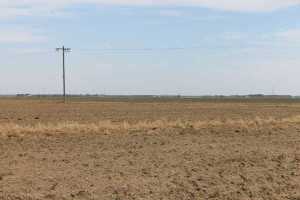
The Situation In Fresno
However, 140 miles away in Fresno County, Tom Turini, farm advisor at UC Cooperative Extension, relays an entirely different story. He says the drought has had a considerable impact on leafy green production for growers in the region, but in Fresno and surrounding counties, drought is considered a chronic condition, and growers have dealt with it for a long time. (For more on drought conditions in the West, see “The Impact Of Drought” on page 8.)
“It’s not the first time we’ve experienced [drought],” he says. “Most of our crops are drip irrigated and drip has been used here for decades.”
Turini says leafy greens have been the hardest hit by the drought in the Fresno area because leafy greens are not the primary crop for many vegetable growers.
As a result, those growers are diverting what limited water they have to more stable crops like tomatoes for the processing market.
“If there’s an operation that’s heavier in leafy greens, however, they will probably still be very heavy in leafy green production compared to an operation that’s just using them as a rotation on a small percentage of their land,” he explains.
On a positive note, the drought doesn’t create conditions that favor most disease and insect problems. In fact, Turini says as a result of the hot and dry weather, leaves are not wet, greatly reducing outbreaks.
“Because we’ve been so dry, things like downy mildew or Anthracnose are not likely to be an issue in a year like this,” he says. “We did have some Botrytis early in the season, and we have a little bit of tomato spotted wilt virus, but very little.
“We’re just not producing as much [as a result of the drought], which is part of the reason why we’re not seeing as many problems. I suspect if we had more acreage to build a pathogen up on, then we would have greater risk of experiencing an outbreak, but with a greatly reduced acreage, your chances decline,” Turini adds.




